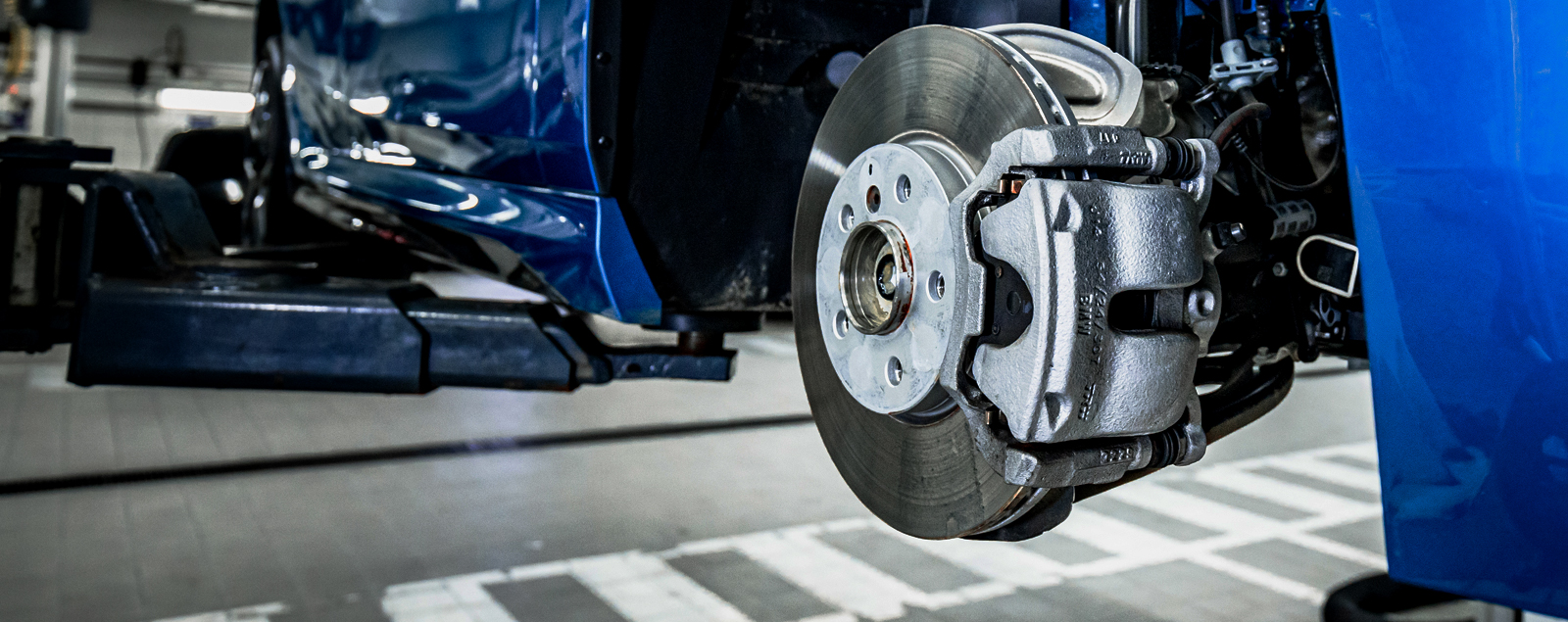

If there is one thing that freaks out drivers, it’s when one or more of their brakes seize up or fail. Understandably, they get really upset when the car won’t stop, swerves abruptly, or stops unexpectedly.
For years, techs applied a tried-and-true formula to solve this unnerving problem: replace the hoses and any other defective components, flush and bleed the system, and call it a day.
While it’s still true that faulty brake hoses can cause brake seizing or brake failure, it’s also true that the hoses manufactured today have greatly improved. Many brake hoses today are lined with composite materials, such as Teflon and carbon fiber-reinforced polymers. These hoses are much less likely to fail than their predecessors. More importantly, if you just replace the hoses and they are not the problem, the symptoms can reappear.
As always, conduct a visual inspection of the brake hoses for any obvious problems. If the hoses don’t have any leaks or deformities and are not the cause of holding hydraulic pressure at the caliper, there is a good chance the problem is elsewhere. Still, keep in mind the older style hoses can eventually deteriorate internally and look OK on the outside.
In cars equipped with ABS systems, the most likely cause of brakes seizing or not applying is sticking or binding ABS valves in the hydraulic unit. Ironically this can be caused by common brake maintenance practices, namely compressing the caliper piston. Since the calipers are the low point in the system, that is where debris and moisture (water) settle. When compressing the caliper piston to free the brake pads, moisture and debris get pushed upstream through the system, lodging into the ABS valves. This can cause corrosion as well as major internal damage to the hydraulic unit.
Here are some quick and simple tests to confirm this:
| Frozen brake (brakes locked, seizing the wheel) |
| Try releasing hydraulic pressure at the master cylinder port and then at the caliper bleeder. If the pressure does not release at the master cylinder but it does at the caliper then it is likely an ABS hydraulic control valve problem. |
| Failed brake (no hydraulic pressure at one or more brakes) |
| Check for pressure at the master cylinder and then at the brake caliper. If there is pressure at the master but not downstream it is also likely an ABS valve stuck. |
An affected ABS hydraulic control unit can sometimes clear up by performing repeated fluid flushing and ABS bleed activation to clear the debris. If however, after three or four tries it does not clear up, the hydraulic control will need to be replaced.
A simple hack to prevent an expensive problem
When performing your bread-and-butter brake jobs, you can prevent this problem from happening to other vehicles. Open the caliper bleeder valve when compressing the piston. Attach a tube or hose on the bleeder screw to drain the fluid in a catch-can as you compress the piston. This makes cleanup a lot easier, and you will prevent moisture and debris from traveling towards the ABS hydraulic control, but be sure to check the master cylinder’s level before a test drive or releasing it to the customer. This simple change of procedure will save puzzling comebacks and keep your customers safe.
Want to see how ALLDATA can improve shop efficiency? Check out our suite of products, each designed to contribute to both shop efficiency and productivity.
If you would like to read more articles like this one please subscribe to ALLDATA News.








